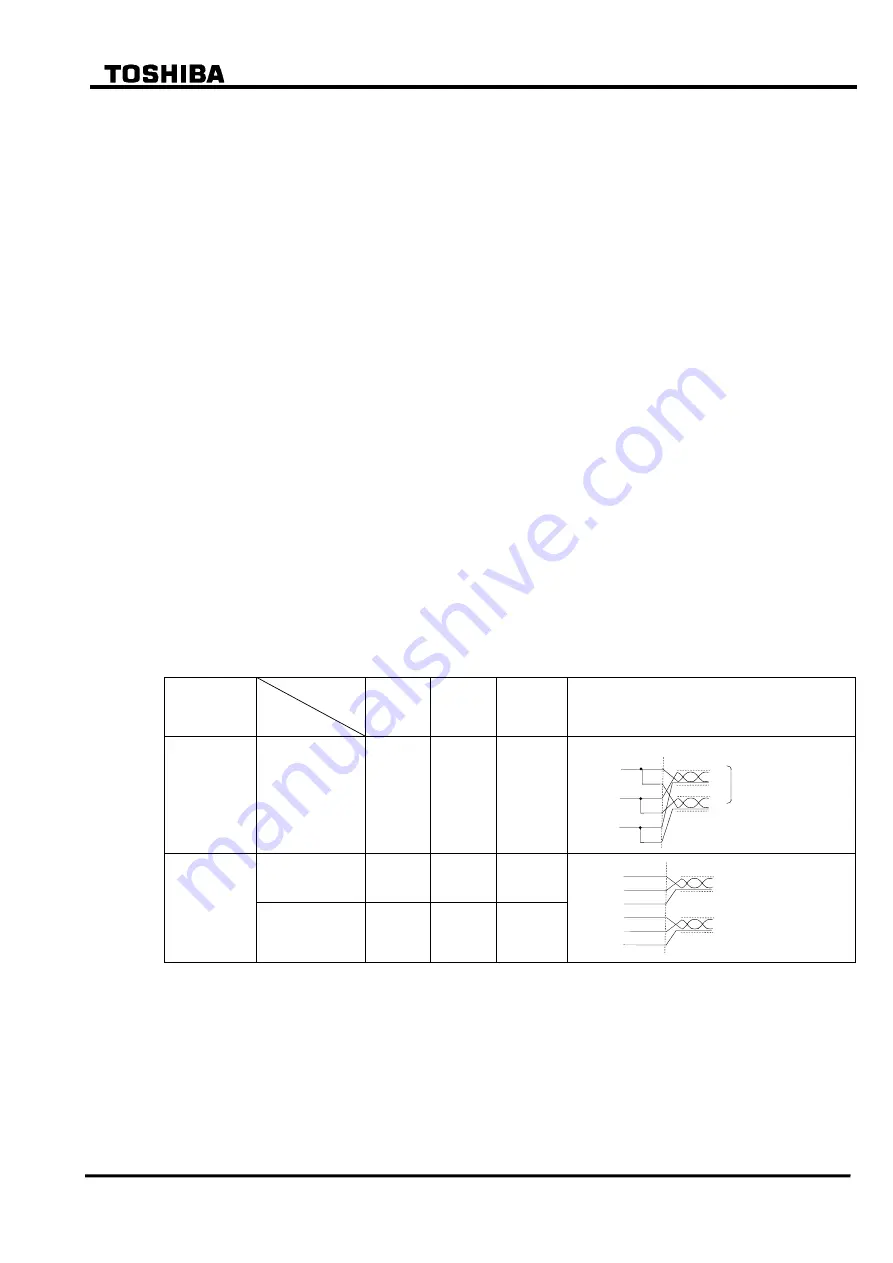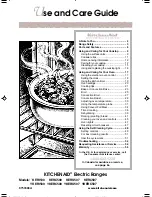
68
6
F
2
S
0
7
8
9
4.1.2 Communication Ports
The following three interfaces are provided as communication ports:
RS232C port
RS485 port
IRIG-B port
RS232C port
This connector is a standard 9-way D-type connector (straight type) for serial port RS232C
transmission and is mounted on the front panel. By connecting a personal computer to this
connector, setting and display functions can be performed from the personal computer.
RS485 port
One or two serial communication ports can be provided. In the single-port type, it is connected
to
the RSM (Relay Setting and Monitoring system) via the protocol converter G1PR2 or
IEC60870-5-103 communication via BCU/RTU (Bay Control Unit / Remote Terminal Unit) or
Modbus to connect between relays and to construct a network communication system. (See
Figure 4.4.1 in Section 4.4.)
In the case of the double-port type, one port (COM1) can be used for the relay setting and
monitoring (RSM) system or IEC60870-5-103 or Modbus communication, while the other port
(COM2) is used for IEC60870-5-103 communication only.
Screw terminal for RS485 is provided on the back of the relay as shown in Figure 4.1.1.
The setting of protocol used can be set by setting menu “PRTCL1” as shown in the table below.
(See section 6.2.6.4)
Model
Se
tting of
“PRTCL1”
Port
HDLC
IEC103
Modbus
External connection
Single port
model
COM1
RSM
IEC103
Modbus
Double port
model
COM1
RSM
IEC103
Modbus
COM2
IEC103
NA
NA
IRIG-B port
The IRIG-B port is mounted on the transformer module, and collects serial IRIG-B format data
from the external clock to synchronize the relay calendar clock. The IRIG-B port is isolated from
the external circuit by a photo-coupler. A BNC connector is used as the input connector.
This port is on the back of the relay, as shown in Figure 4.1.1.
Single RS485 I/F port
COM1-B
COM1-A
0V
TB3-A18
B18
A17
B17
A16
B16
For RSM100, IEC103
or Modbus
COM2-B
COM2-A
TB3-A18
A17
A16
B18
B17
B16
COM2-0V
COM1-B
COM1-A
COM1-0V
Dual RS485 I/F ports
For RSM100, IEC103 or Modbus
For IEC103
Summary of Contents for GRT100 Series
Page 142: ... 141 6 F 2 S 0 7 8 9 Appendix A Block Diagram ...
Page 144: ... 143 6 F 2 S 0 7 8 9 Appendix B Signal List ...
Page 159: ... 158 6 F 2 S 0 7 8 9 ...
Page 160: ... 159 6 F 2 S 0 7 8 9 Appendix C Variable Timer List ...
Page 162: ... 161 6 F 2 S 0 7 8 9 Appendix D Binary Output Default Setting List ...
Page 165: ... 164 6 F 2 S 0 7 8 9 ...
Page 166: ... 165 6 F 2 S 0 7 8 9 Appendix E Details of Relay Menu and LCD and Button Operation ...
Page 174: ... 173 6 F 2 S 0 7 8 9 Appendix F Case Outline Flush Mount Type Rack Mount Type ...
Page 179: ... 178 6 F 2 S 0 7 8 9 ...
Page 180: ... 179 6 F 2 S 0 7 8 9 Appendix G External Connections ...
Page 185: ... 184 6 F 2 S 0 7 8 9 ...
Page 200: ... 199 6 F 2 S 0 7 8 9 ...
Page 201: ... 200 6 F 2 S 0 7 8 9 Appendix J Return Repair Form ...
Page 205: ... 204 6 F 2 S 0 7 8 9 Customer Name Company Name Address Telephone No Facsimile No Signature ...
Page 206: ... 205 6 F 2 S 0 7 8 9 ...
Page 207: ... 206 6 F 2 S 0 7 8 9 Appendix K Technical Data ...
Page 220: ... 219 6 F 2 S 0 7 8 9 ...
Page 221: ... 220 6 F 2 S 0 7 8 9 Appendix M Symbols Used in Scheme Logic ...
Page 224: ... 223 6 F 2 S 0 7 8 9 ...
Page 225: ... 224 6 F 2 S 0 7 8 9 Appendix N Implementation of Thermal Model to IEC60255 8 ...
Page 228: ... 227 6 F 2 S 0 7 8 9 ...
Page 229: ... 228 6 F 2 S 0 7 8 9 Appendix O IEC60870 5 103 Interoperability and Troubleshooting ...
Page 241: ... 240 6 F 2 S 0 7 8 9 Appendix P Modbus Interoperability ...
Page 255: ... 254 6 F 2 S 0 7 8 9 ...
Page 256: ... 255 6 F 2 S 0 7 8 9 Appendix Q Inverse Time Characteristics ...
Page 259: ... 258 6 F 2 S 0 7 8 9 ...
Page 260: ... 259 6 F 2 S 0 7 8 9 Appendix R Failed Module Tracing and Replacement ...
Page 266: ... 265 6 F 2 S 0 7 8 9 Appendix S Ordering ...
Page 269: ... 268 6 F 2 S 0 7 8 9 3 1 Oct 2 2017 Republished under spin off company ...
Page 270: ......
















































